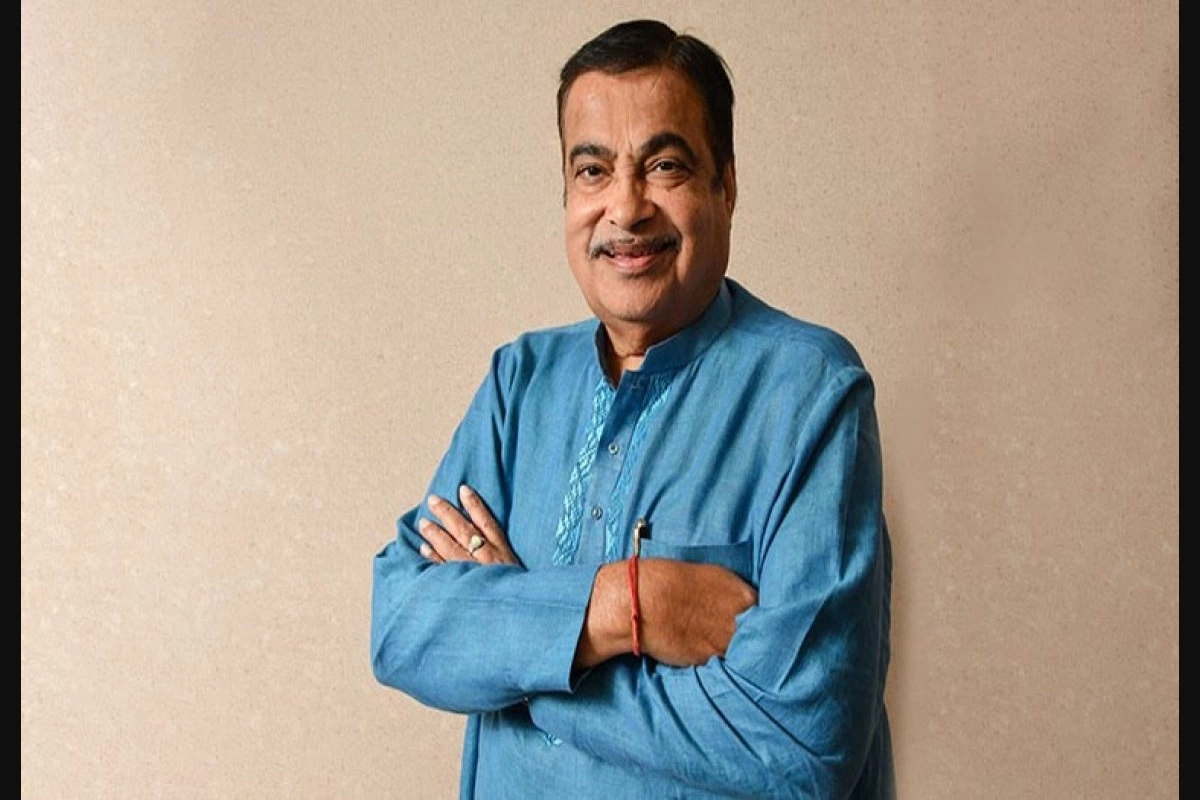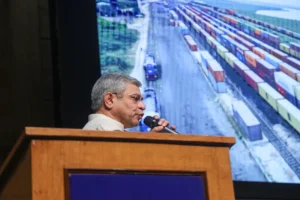
Nitin Gadkari
As of March 31, 2019, India boasts the second-largest road network in the world, covering approximately 63,31,791 km, according to the most recent report available. The Ministry is principally in charge of National Highway (NH) development and upkeep. The country’s NH network has grown, with approximately 91,287 km in March 2014 and approximately 1,46,145 km as of right now.
The ministry has prioritized the construction of 4-lane road networks and high-speed access-controlled corridors in an effort to boost economic growth through more effective logistics. The 4-lane plus NH network, which includes high-speed corridors, has grown in length from roughly 18,371 km in March 2014 to roughly 46,179 km at this point. Implementation of the project has already begun on 21 green field access-controlled corridors, including expressways, where 3,336 km of work have been finished.
The ministry has also placed a strong emphasis on upgrading less than two-lane non-highway (NH) areas to a minimum of two-lane or two-lane with paved shoulders. As a result, the length of non-two-lane highways has dropped, starting in March 2014 at roughly 27,517 km and ending at 14,870 km thus far.
To increase the logistics efficiency of the Indian economy, the Ministry has designated 35 multimodal logistics parks (MMLPs) for development as part of the BMP. Under BMP-I, 15 MMLPs have been given development priority.
The Ministry’s capital expenditures have increased dramatically from roughly Rs. 51,000 crore in 2013–14 to over Rs. 2,40,000 crore in 2022–2023; this has boosted the economy of the nation and advanced the goal of becoming a five trillion dollar economy.
Also read: “Haryana BJP MP calls live-in-relationship a dangerous disease”, urges to make law against it
In addition to using municipal waste for embankment construction, waste plastics for bituminous construction, and waste slag for cement concrete construction, the Ministry has implemented green initiatives by planting roughly 3.46 million trees since 2016.
To read more such news, download Bharat Express news apps


















